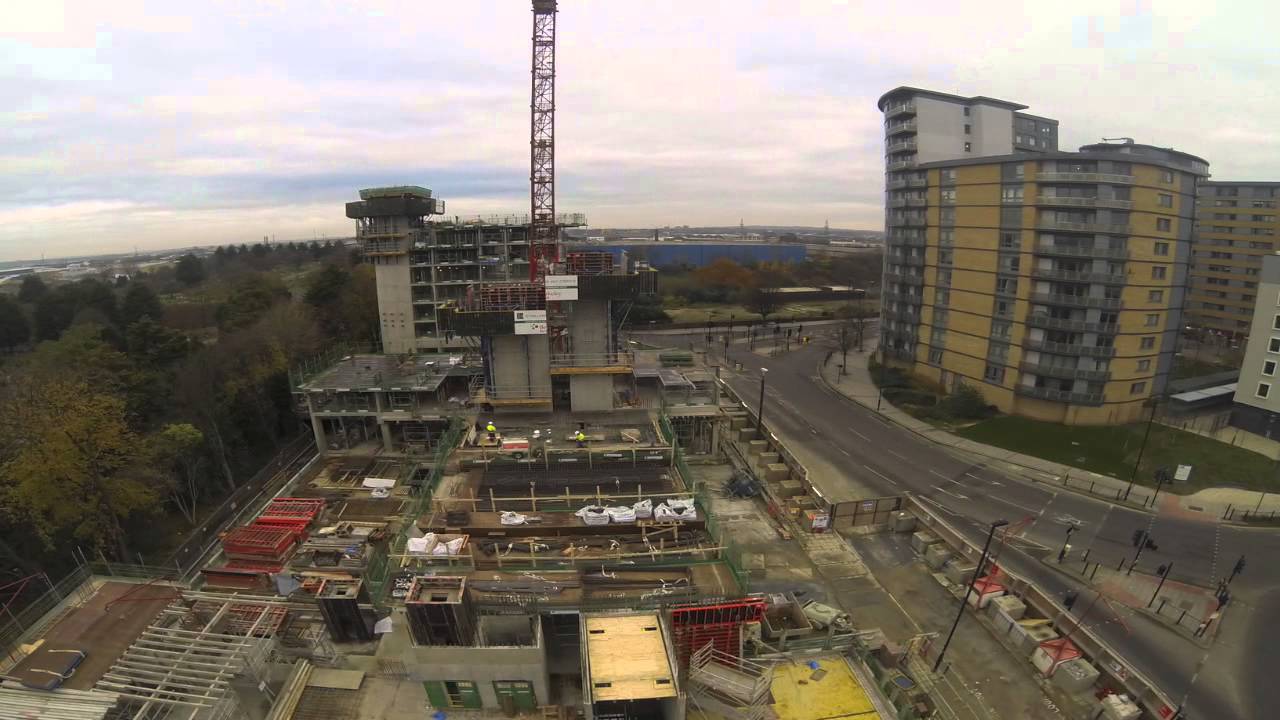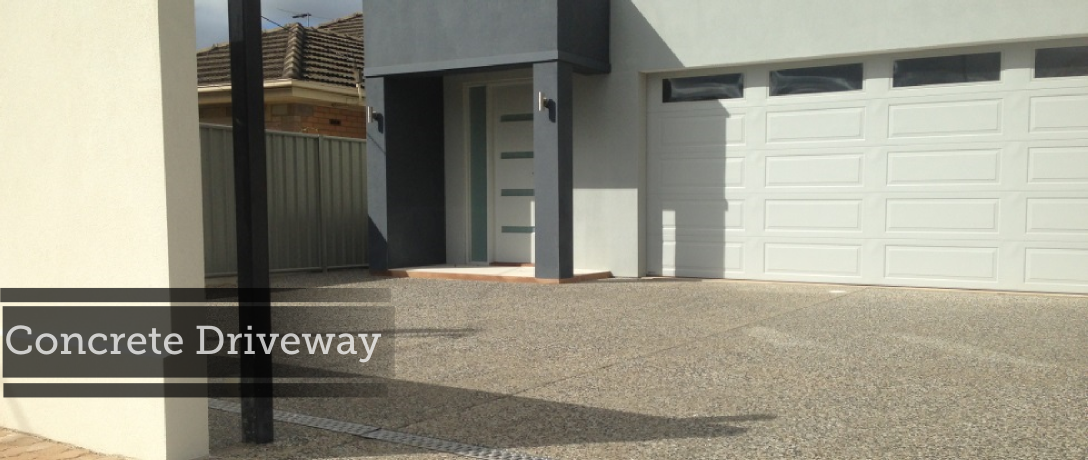Usually the Jump Form System taken for including the systems which are often known as climbing form comprise of the formwork as well as working platforms for fixing as well as cleaning the form work, steel fixing and even concreting.
These systems are meant for construction of the vertical concrete elements in high rise buildings like lift shafts, core walls, bridge piers and stair shafts. The systems are usually modular and maybe joined for forming the long lengths for suiting varying geometries of construction.
Types of Jump Form System which are generally used:
Below are basic types of jump form systems which are used generally
- A climb form or normal jump units- are lifted individually from the building and then located at the next stage of construction with the help of a crane
- Self-climbing Jump Form Systems- these do not need a crane since they may climb up on the rails on the structure by means of the hydraulic jacks or with the help of jacks lifting the platforms in the building. Even multiple units may be lifted in one single operation.
The guard rails, work platforms as well as ladders are usually constructed into accomplished formwork system along with complete wind shield protection as and when required.
The Jump Form System is used typically on the 5 storey buildings, fully self-climbing are used generally on the structures with 20 plus floors. However, a whole combination of the crane handled as well as self-climbing systems may be viable on the lower structures.
The climbing formwork
The climbing formwork or jump form is a very special and different type of form work for the large vertical concrete buildings. It mainly represents a viable solution for the buildings which need seamless walls. Usually this system comprises of the formwork as well as work platforms for fixing or cleaning of the form work.
Benefits of using climbing formworks
There are a number of benefits of the climbing formwork. Some of these have been mentioned below.
- Good quality surface finish may be obtained with the help of this system
- May sustain high currents and winds
- Maybe be easy to clean and maintain
- Other protection system may be hung-off the big form and climbed with this system
- Long lengths may be obtained combining the different sections for every particular project
- Once the curve of learning has been passed, the performance is optimised
- The reduced usage of scaffolding as well as the temporary working platforms results in lesser congestion on the site
It’s very important that different parts of Jump Form System remain levelled during the process of climbing. Otherwise it may hamper the whole process of construction.
Conclusion
Jump Form System is usually conducted with a whole series of devices which are set up for lifting at same time and rate. In case the system is not synchronised properly, the form might become wedged on the building or the structural members might be overloaded.





